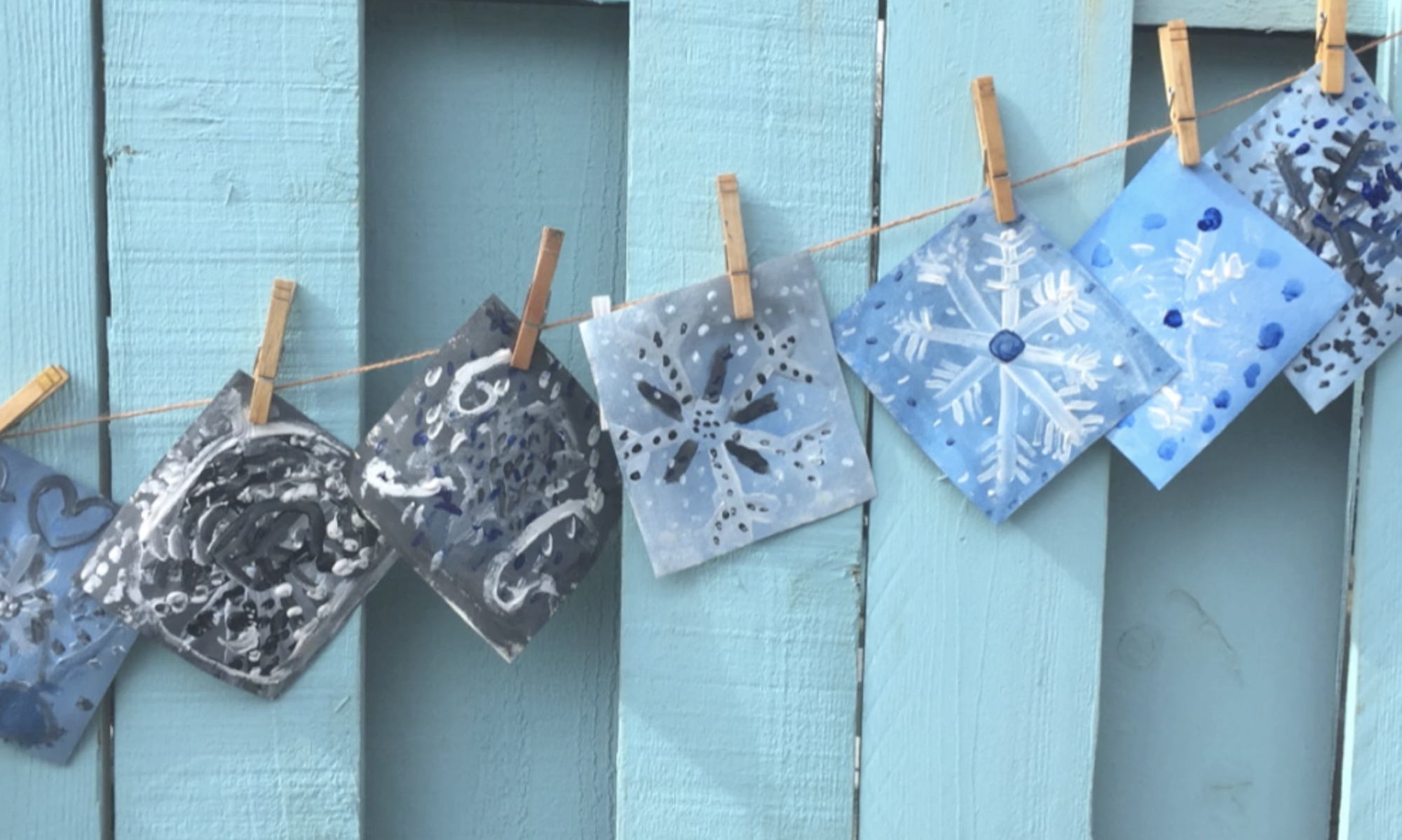
In a Montessori classroom, children have the freedom to explore their interests. Montessori children learn at their own pace. Montessori education has been transforming parents, educators and students over a century. In this blog I will focus on why the Montessori method focus on choice and self-pacing in Montessori Classrooms. And how it leads to more engaged and confident students.
Montessori Philosophy: A Brief Overview
Developed by Dr. Maria Montessori, the Montessori method is a child-centered educational approach. Montessori education focuses on nurturing the whole child. This includes cognitive, emotions, physical and socially. By hands-on experiential learning in a carefully prepared environment. Guides and facilitators rather than traditional teachers. One of the core principles of Montessori education is allowing children to choose. Students have the freedom to choose activities that interest them and work at their own pace.

The Importance of Choice
1. Fostering Intrinsic Motivation
When children have the freedom to choose activities they develop a natural curiosity. This intrinsic motivation is a powerful driving force, leading to more engaged learning. The student takes ownership of their education. Intrinsic motivation also promotes love for lifelong learning. A Child will develop a genuine interest in acquiring knowledge and skills.
2. Encouraging Self-Confidence and Independence
As children make decisions about their learning, they build a sense of independence. They trust their instincts, and follow their passions. Taking responsibility for their own growth. This prepares them for future success by fostering resilience, adaptability, and problem-solving skills.

3. Catering to Individual Learning Styles and Needs
Each child is unique, with different learning styles, strengths, and needs. Montessori children work at their own pace. Montessori education acknowledges and embraces these differences. This ensures that every child has the opportunity to progress at a speed that suits them. It also enables teachers to provide personalized support, further enhancing the learning experience.
4. Cultivating a Collaborative Learning Environment
In a Montessori classroom, children often work in mixed-age groups. This encourages collaboration and peer learning. They can learn from one another, share ideas, and develop essential social skills. This collaborative environment fosters empathy, communication, and respect. Qualities that are vital for success in an interconneced communities.

The Lasting Impact of Choice and Self-Pacing
The Montessori approach’s emphasis on choice and self-pacing has many long-term benefits. Fostering intrinsic motivation, self-confidence, and independence, children develop strong foundations. This effects their lifelong learning and personal growth. They become adaptable, resourceful, and innovative thinkers. Montessori children grow to be able to take on challenges of today’s complex world.
The Montessori method’s focus on choice and self-pacing. Which sets it apart from traditional educational models. Creating an empowering and engaging learning environment. By embracing each child’s unique interests, learning styles, and needs. Montessori education cultivates confident, motivated, and well-rounded individuals. Preparing them to thrive in all aspects of life.
Want to learn more about Montessori Education:
Families & Montessori Education American Montessori Society
Association Montessori Internationale
Montessori Foundation Families
PREPARING A MONTESSORI ART ENVIRONMENT AT HOME
Montessori Art Guide – BUY NOW ONLINE




All rights reserved © 2025, Nature of Art®
No part of this blog may be used or be reproduced in any manner whatsoever including reproducing, publishing, performing, and making any adaptions of the work – including translation into another foreign language without written permission except in the case of brief quotations embodied in critical articles and reviews. Nature of Art® Publishing P.O. Box 443 Solana Beach, California 92075.









